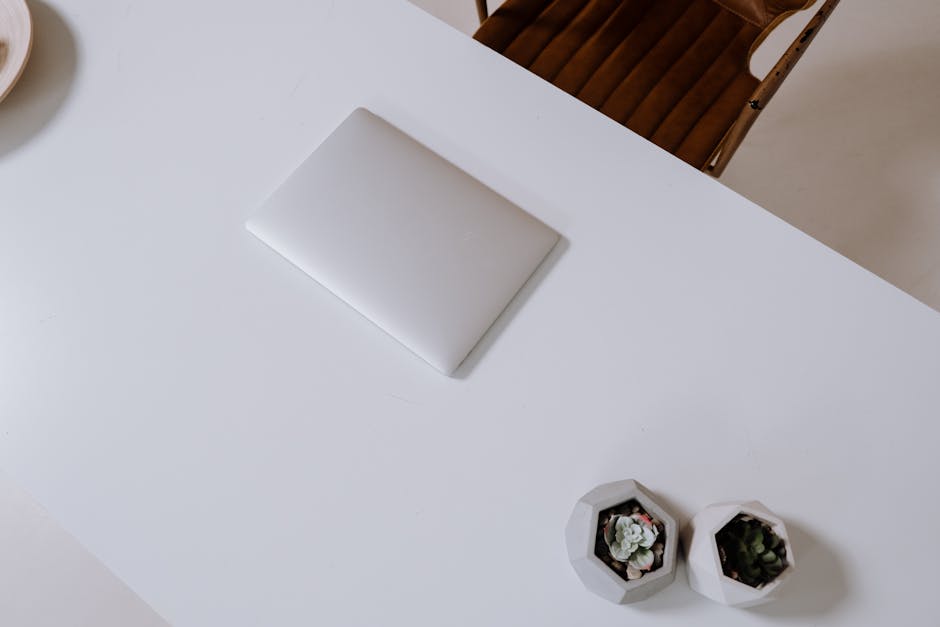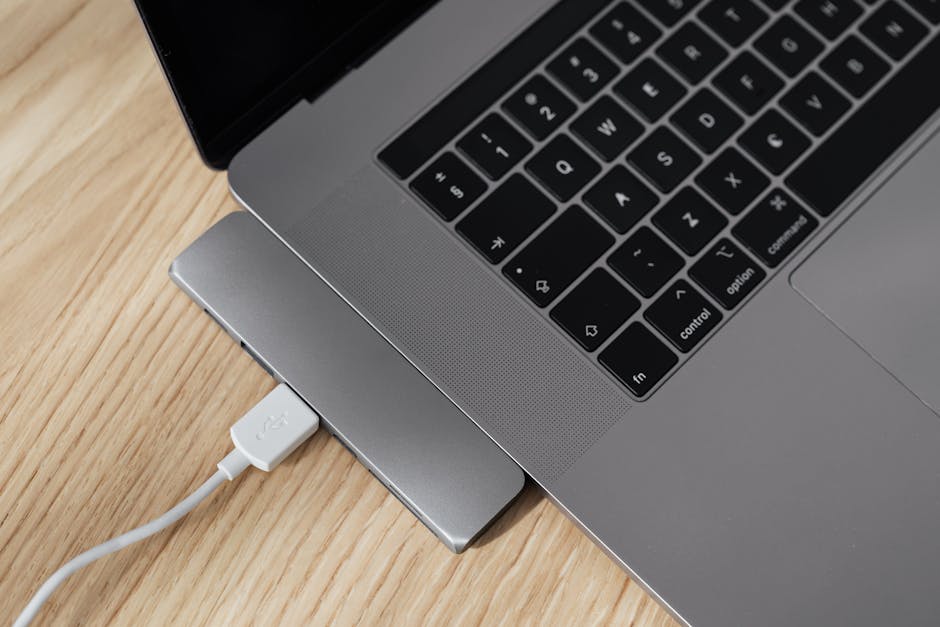The Evolution of the Office Desk: From Cluttered to Streamlined
"Office desks have undergone a significant transformation over the years, evolving from cluttered workspaces to streamlined and ergonomic designs. This article delves into the history of office desks and explores how modern designs prioritize productivity, collaboration, and employee well-being. "

The humble office desk has come a long way since the days of cluttered workspaces and bulky furniture. Today, the modern office desk is a sleek, streamlined, and ergonomic piece of equipment designed to promote productivity, collaboration, and employee well-being.

The Evolution of Office Desks
In the early 20th century, office desks were often large, heavy, and ornate pieces of furniture. They were designed to convey a sense of authority and prestige, with little regard for the comfort or productivity of the user. As the century progressed, however, office desks began to evolve to meet the changing needs of the workplace.
The Rise of Ergonomics
One of the most significant changes in office desk design has been the focus on ergonomics. In the 1970s and 80s, researchers began to study the impact of office furniture on employee health and productivity. They found that poorly designed desks and chairs could lead to a host of physical problems, including back pain, neck strain, and carpal tunnel syndrome.
As a result, office furniture manufacturers began to incorporate ergonomic features into their designs. Adjustable height desks, lumbar support chairs, and keyboard trays became standard features in many offices. These designs helped to reduce the risk of injury and improve employee comfort and productivity.
The Impact of Technology
Another major factor in the evolution of office desks has been the rise of technology. As computers became more prevalent in the workplace, desks had to adapt to accommodate them. Early computer desks were often bulky and awkward, with little regard for cable management or ergonomics.

Today, however, office desks are designed with technology in mind. Many desks feature built-in cable management systems, power outlets, and USB ports to keep cords and devices organized and easily accessible. Some desks even incorporate wireless charging pads or built-in monitors to further streamline the workspace.
The Move Toward Collaboration
In recent years, there has been a shift toward more collaborative workspaces in many offices. Open floor plans, shared workspaces, and office neighborhoods have become increasingly popular as companies look to foster teamwork and innovation.
As a result, office desks have had to adapt to support collaboration. Many modern desks feature modular designs that can be easily reconfigured to create shared workspaces or breakout areas. Some desks even incorporate whiteboard surfaces or built-in screens to facilitate brainstorming and idea sharing.
The Benefits of Modern Office Desks
The evolution of office desks has brought with it a host of benefits for both employees and employers. Here are just a few of the advantages of modern office desk designs:
-
Improved ergonomics: Ergonomic desk designs can help to reduce the risk of injury and improve employee comfort and productivity.
-
Enhanced collaboration: Modular desk designs and collaborative workspaces can help to foster teamwork and innovation.
-
Increased flexibility: Adjustable height desks and mobile workstations allow employees to work in a variety of postures and locations, promoting movement and reducing the risk of sedentary behavior.
-
Improved organization: Built-in cable management systems and streamlined designs help to keep workspaces clutter-free and organized.

Choosing the Right Office Desk
With so many options available, choosing the right office desk can be a daunting task. Here are a few factors to consider when selecting a desk for your workspace:
-
Ergonomics: Look for a desk with adjustable height settings and plenty of legroom to promote good posture and reduce the risk of injury.
-
Size: Consider the size of your workspace and choose a desk that fits comfortably without feeling cramped or overwhelming.
-
Storage: If you need to store files or supplies, look for a desk with built-in drawers or shelves to keep your workspace organized.
-
Technology: If you use multiple devices or require frequent access to power outlets, choose a desk with built-in cable management and power solutions.
-
Style: While function should be your top priority, don't forget to consider the aesthetic of your workspace. Choose a desk that complements your office decor and reflects your personal style.

The Future of Office Desks
As technology continues to evolve and the nature of work changes, it's likely that office desks will continue to adapt and innovate. Some experts predict that the future of office desks will be even more focused on flexibility and mobility, with designs that allow employees to work from anywhere in the office or even remotely.
Other trends to watch include the incorporation of biophilic design elements, such as plants and natural materials, to promote employee well-being and productivity. Sustainability is also likely to play an increasingly important role in office desk design, with a focus on eco-friendly materials and manufacturing processes.
Regardless of what the future holds, one thing is certain: the office desk will continue to play a critical role in the modern workplace. By choosing a desk that prioritizes ergonomics, collaboration, and flexibility, companies can create workspaces that promote employee well-being, productivity, and innovation.


